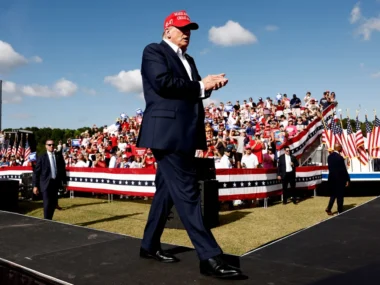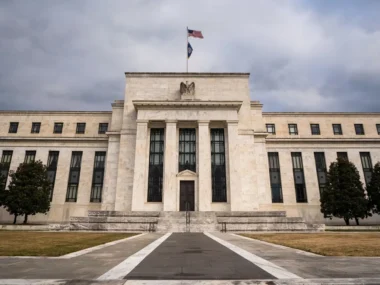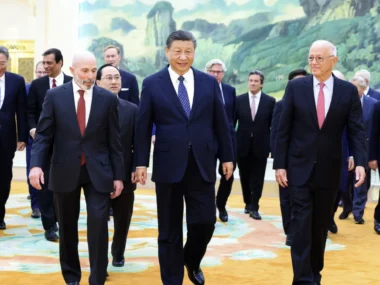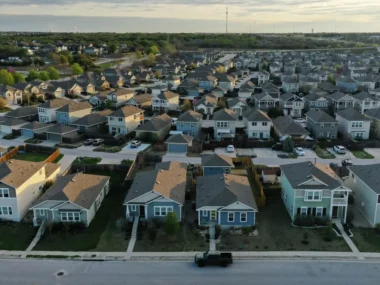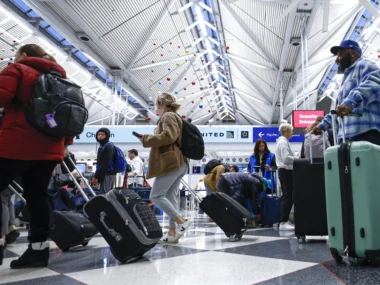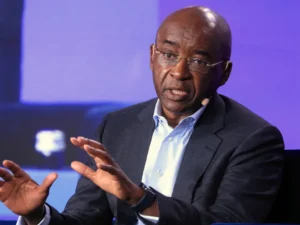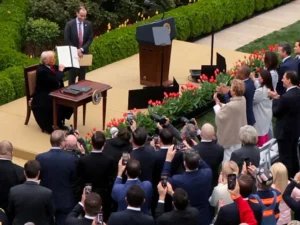India, with a population of 1.4 billion, has nearly a billion people with little to no disposable income, according to a new report.
The country’s consumer base—potential customers for businesses and startups—stands at only 130–140 million, roughly equivalent to Mexico’s population, as per Blume Ventures, a venture capital firm.
An additional 300 million individuals are classified as “emerging” or “aspirant” consumers. However, they remain cautious spenders, gradually increasing their purchases due to the convenience of digital payments.
The report highlights that India’s consumer market is evolving more in depth rather than expanding broadly. This means that while the number of wealthy individuals remains stagnant, those already affluent are accumulating even greater wealth. As a result, businesses are shifting their focus toward premium products rather than catering to the mass market.
This trend is reflected in the growing demand for luxury housing and high-end smartphones, while their more affordable counterparts struggle. The share of budget housing has declined to 18% from 40% in five years. Similarly, branded products are gaining market dominance, and the premium “experience economy” is thriving, with high-priced concert tickets for global artists like Coldplay and Ed Sheeran selling rapidly.
Companies that have aligned with these shifts have seen success, while those focused on budget offerings have lost market share, according to Sajith Pai, one of the report’s authors.
The findings reinforce the view that India’s economic recovery post-pandemic has been K-shaped, with the wealthy gaining more wealth while lower-income groups face declining purchasing power.
This widening disparity predates the pandemic, as inequality in India has steadily increased. The top 10% now control 57.7% of national income, up from 34% in 1990, while the bottom 50% have seen their share shrink from 22.2% to 15%.

Brands are fueling growth by focusing on high-end, premium products tailored for affluent consumers.
The recent decline in consumption has worsened due to not only shrinking purchasing power but also a sharp fall in financial savings and rising debt among the general population.
Additionally, the central bank has tightened regulations on unsecured lending, which had previously fueled demand following the Covid pandemic. Many in the “emerging” or “aspirant” consumer class relied on such borrowing, and restricting this credit flow is expected to impact spending, says Pai.
In the short term, two factors could support consumption: a surge in rural demand driven by a record harvest and a $12 billion tax relief introduced in the latest budget. While not transformative, this may contribute to over a 0.5% boost in India’s GDP, which is primarily consumption-driven, Pai notes.
However, significant long-term challenges persist.
India’s middle class, a key driver of consumer demand, is under pressure as wages remain stagnant. Data from Marcellus Investment Managers indicates that the middle 50% of tax-paying Indians have seen no income growth in absolute terms over the past decade. Adjusted for inflation, this equates to a significant decline in real income.
This financial strain has severely eroded middle-class savings, with the Reserve Bank of India reporting that household net financial savings are nearing a five-decade low. As a result, products and services catering to this demographic are likely to face difficulties in the coming years, the report warns.

Rising rural demand, driven by a record harvest, may support increased spending.
The Marcellus report highlights that white-collar urban jobs are becoming scarcer as artificial intelligence automates clerical, secretarial, and other routine tasks. It notes a significant decline in the proportion of supervisors employed in manufacturing units across India.
These concerns have also been raised in the government’s recent economic survey.
The survey warns that labor displacement due to technological advancements is particularly troubling for India’s services-driven economy, where a large portion of the IT workforce is engaged in low-value-added roles most vulnerable to automation.
As a consumption-driven economy, India could face broader economic consequences if job losses lead to reduced consumer spending. If worst-case projections materialize, the survey cautions, this disruption could derail the country’s economic growth trajectory.


